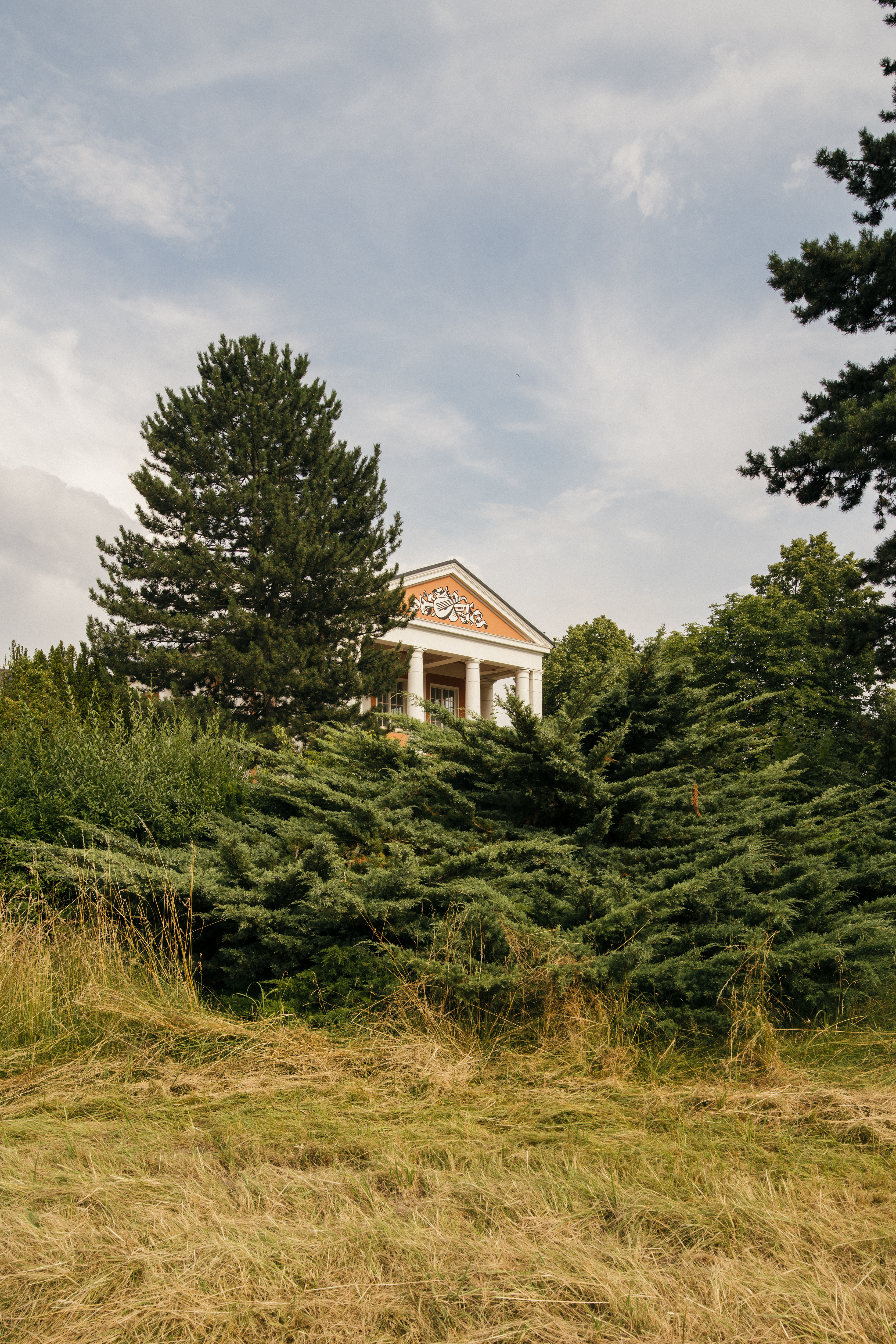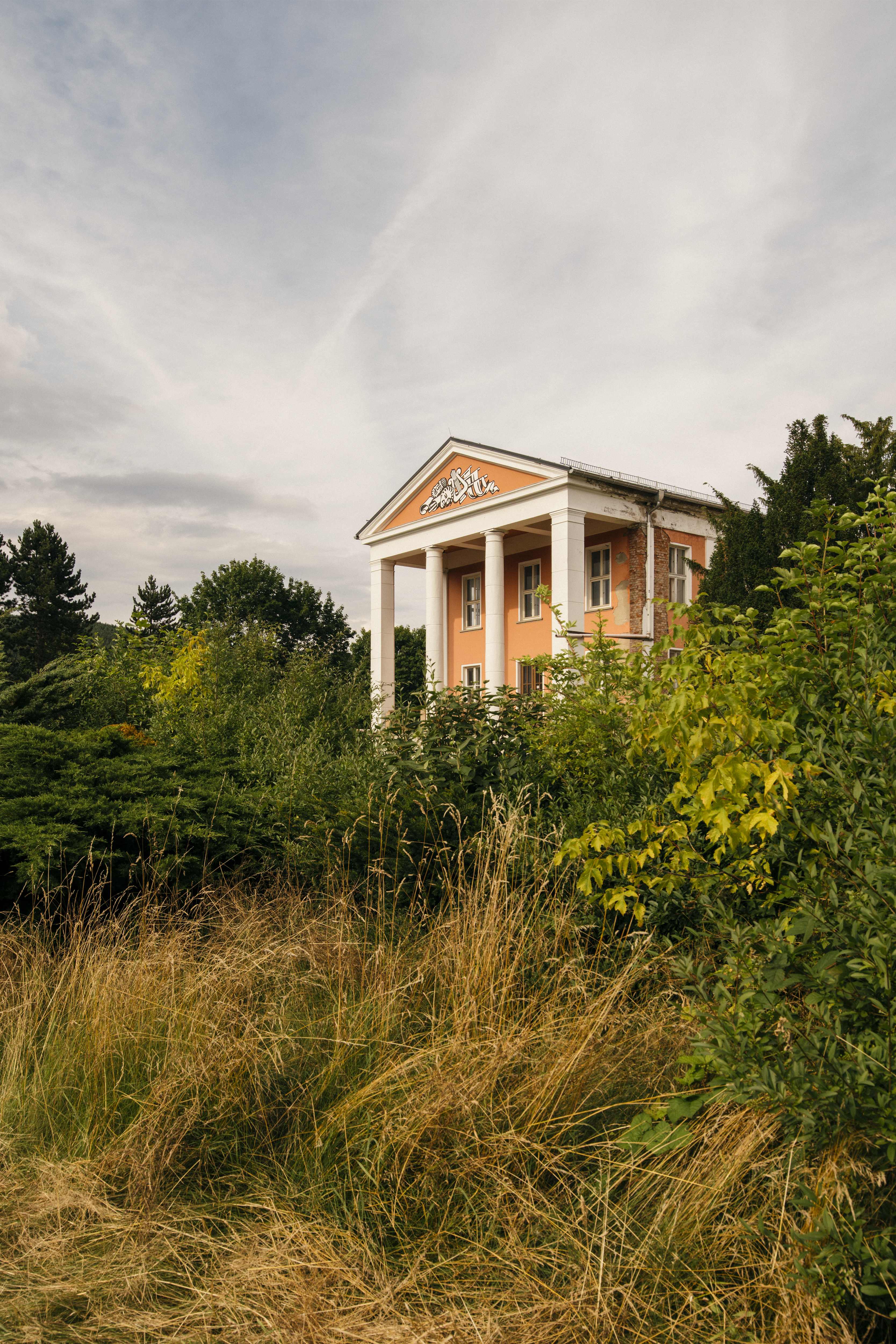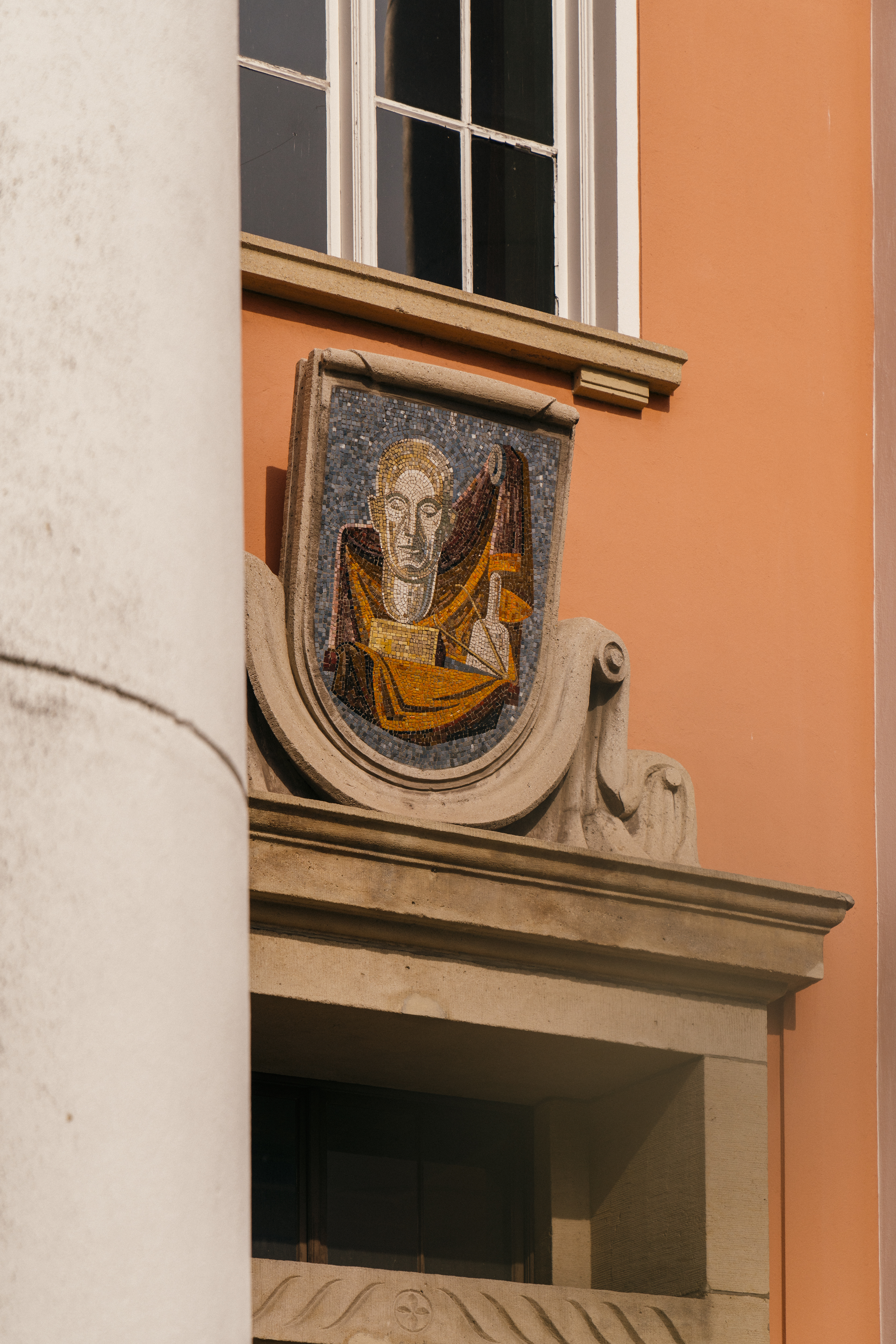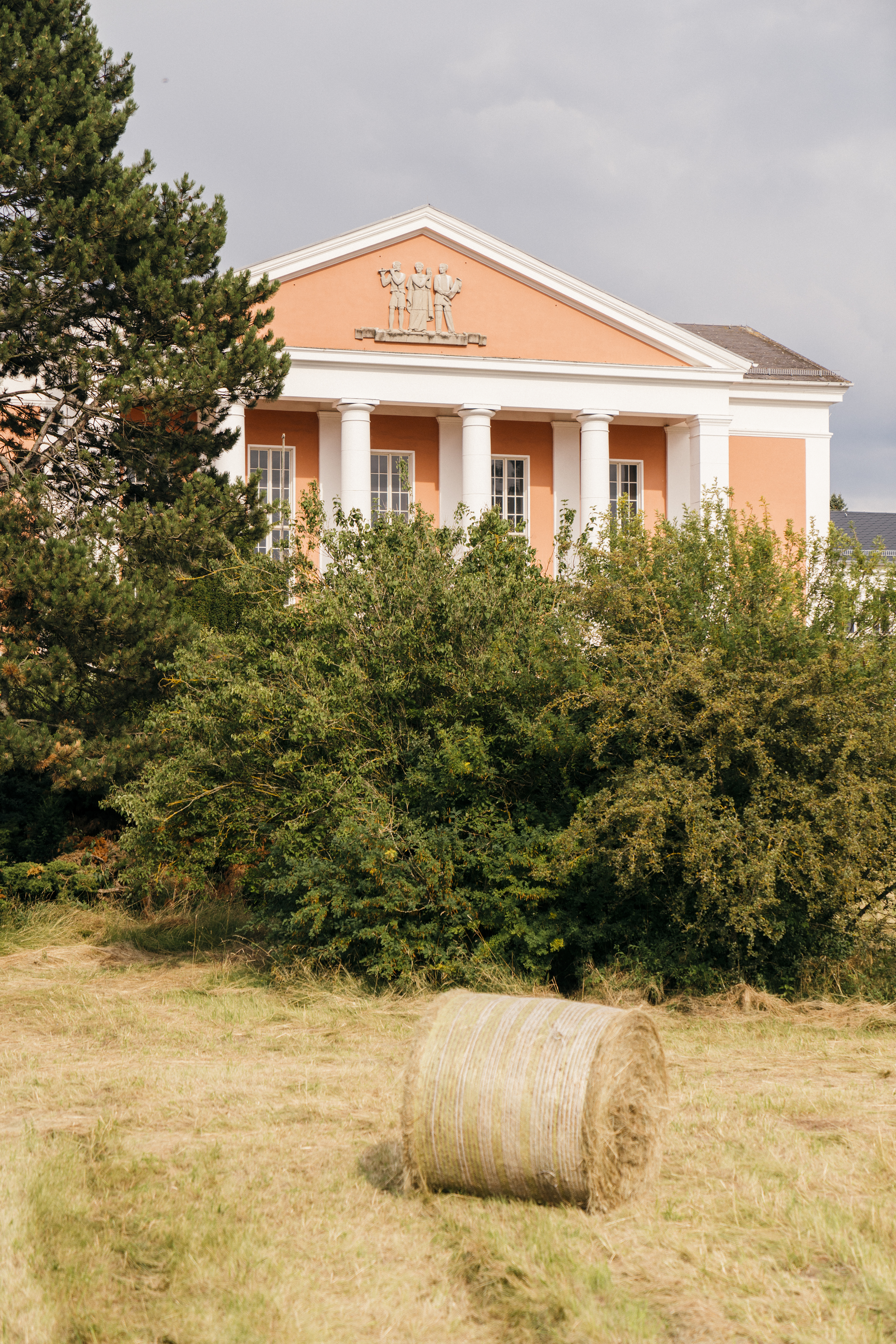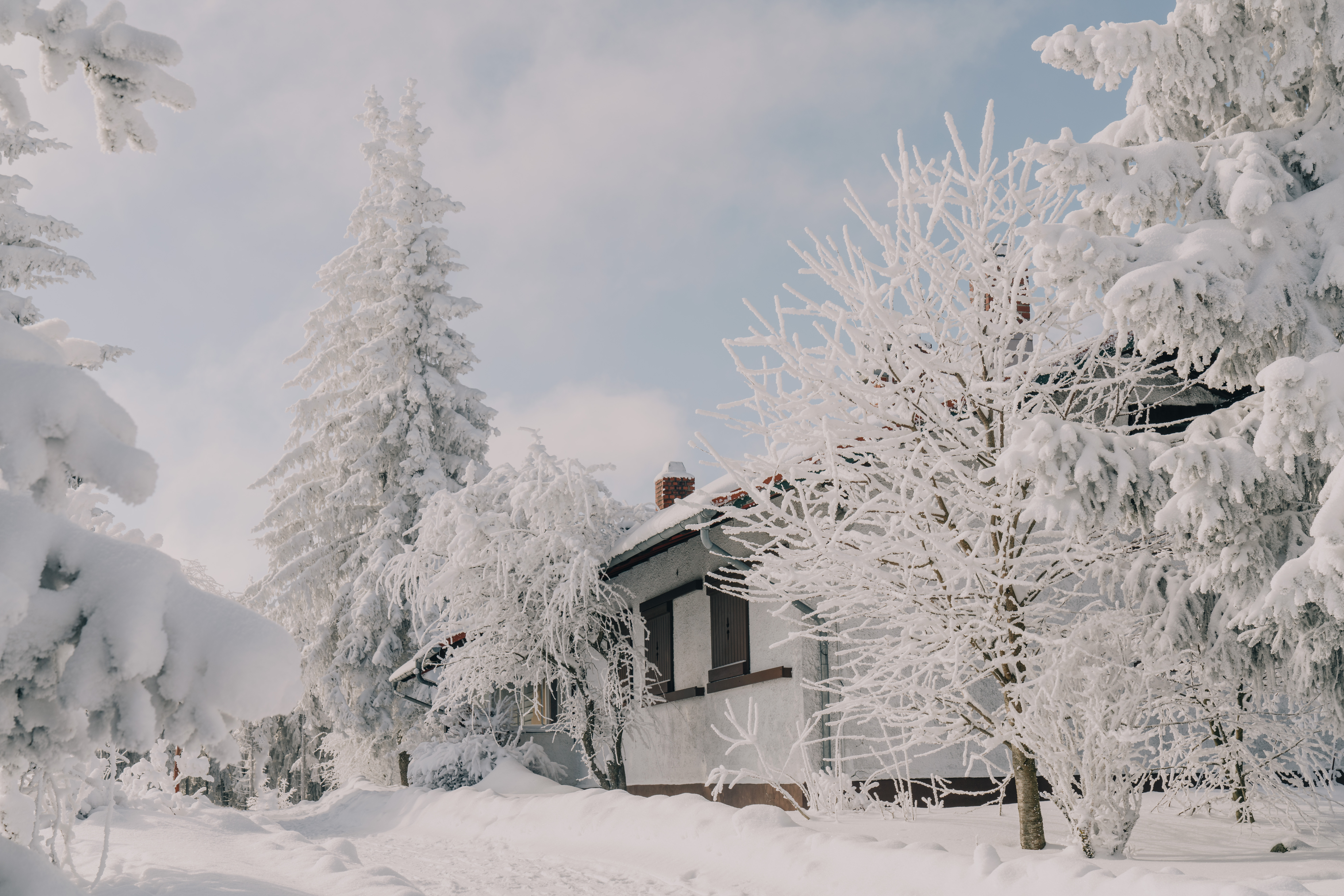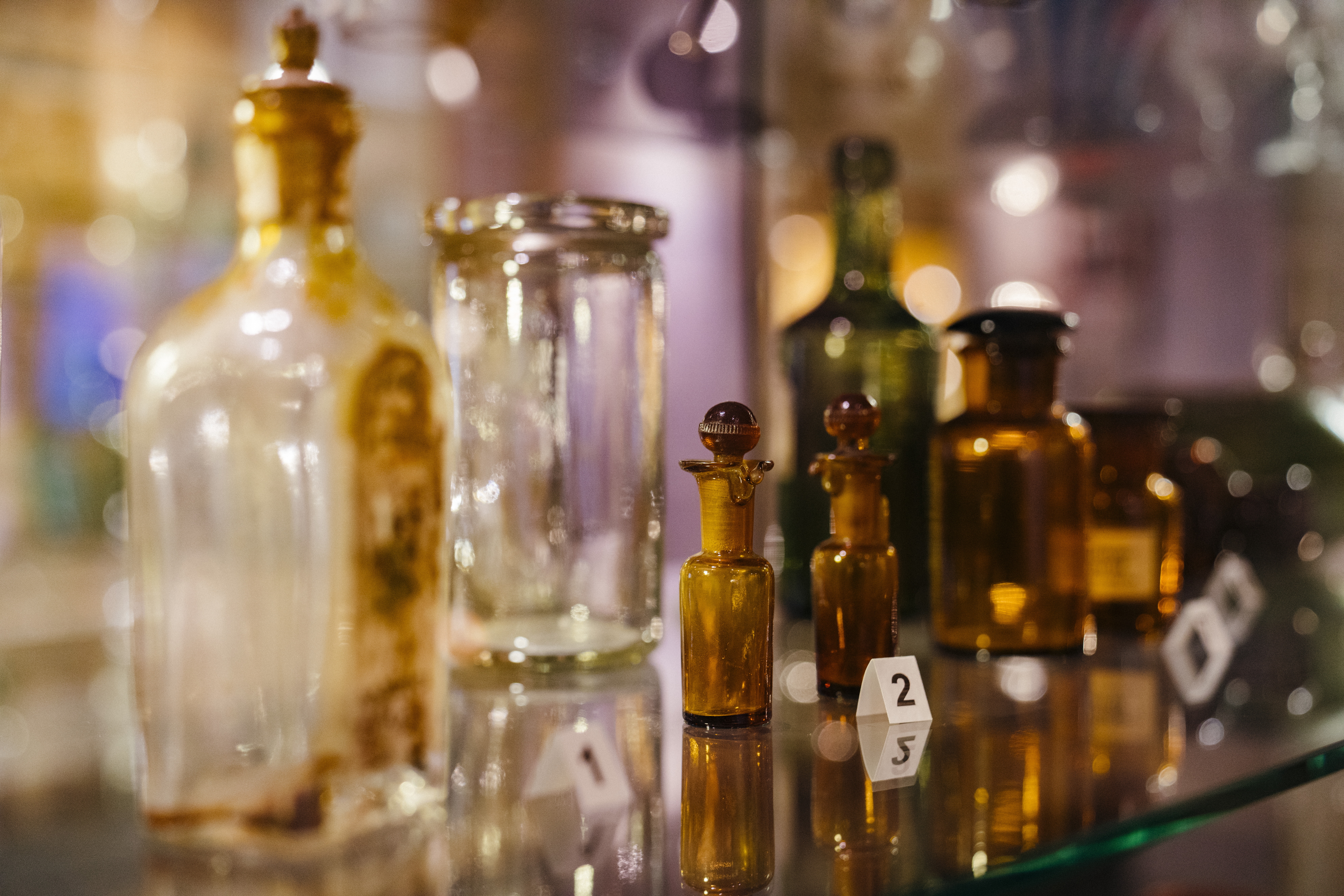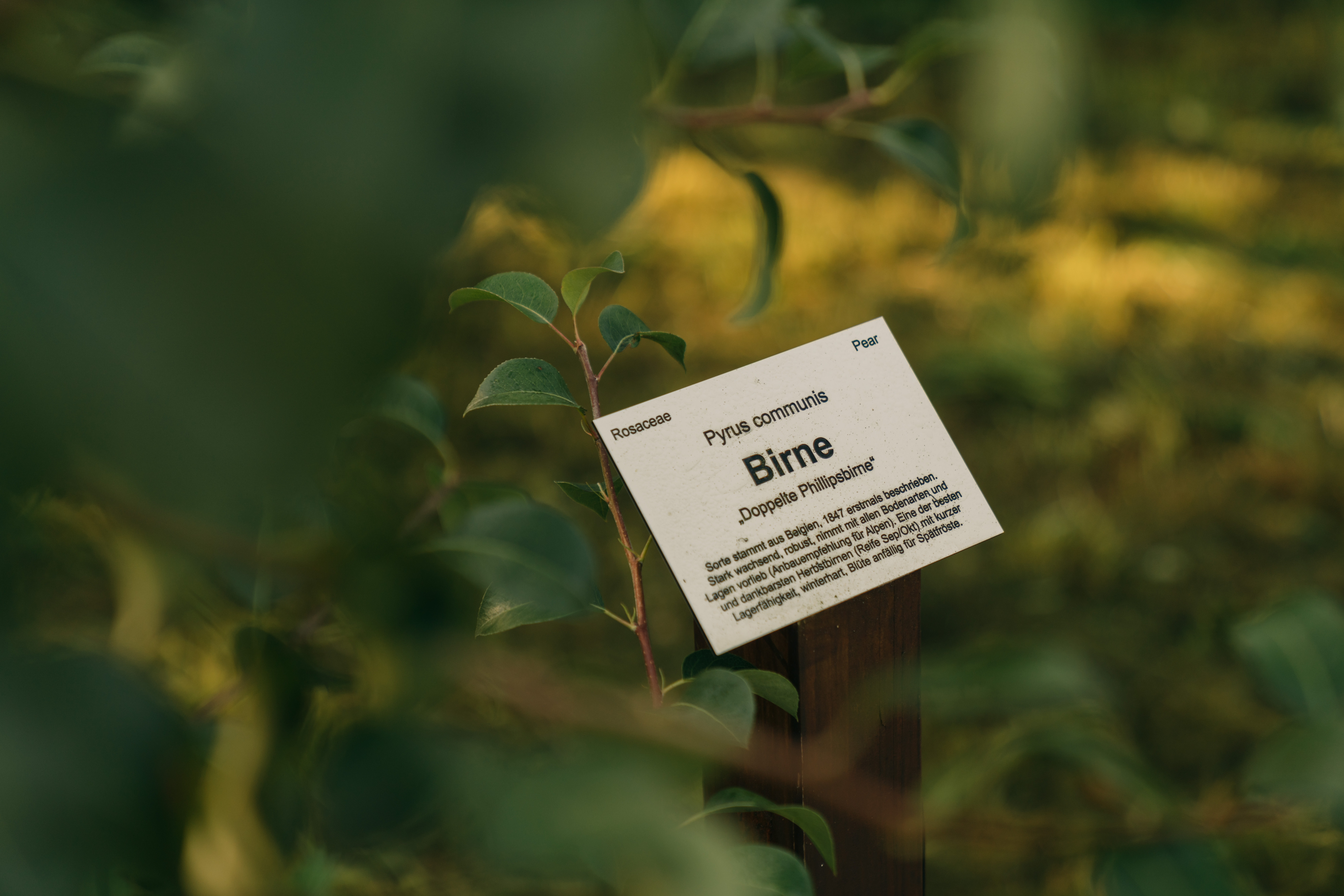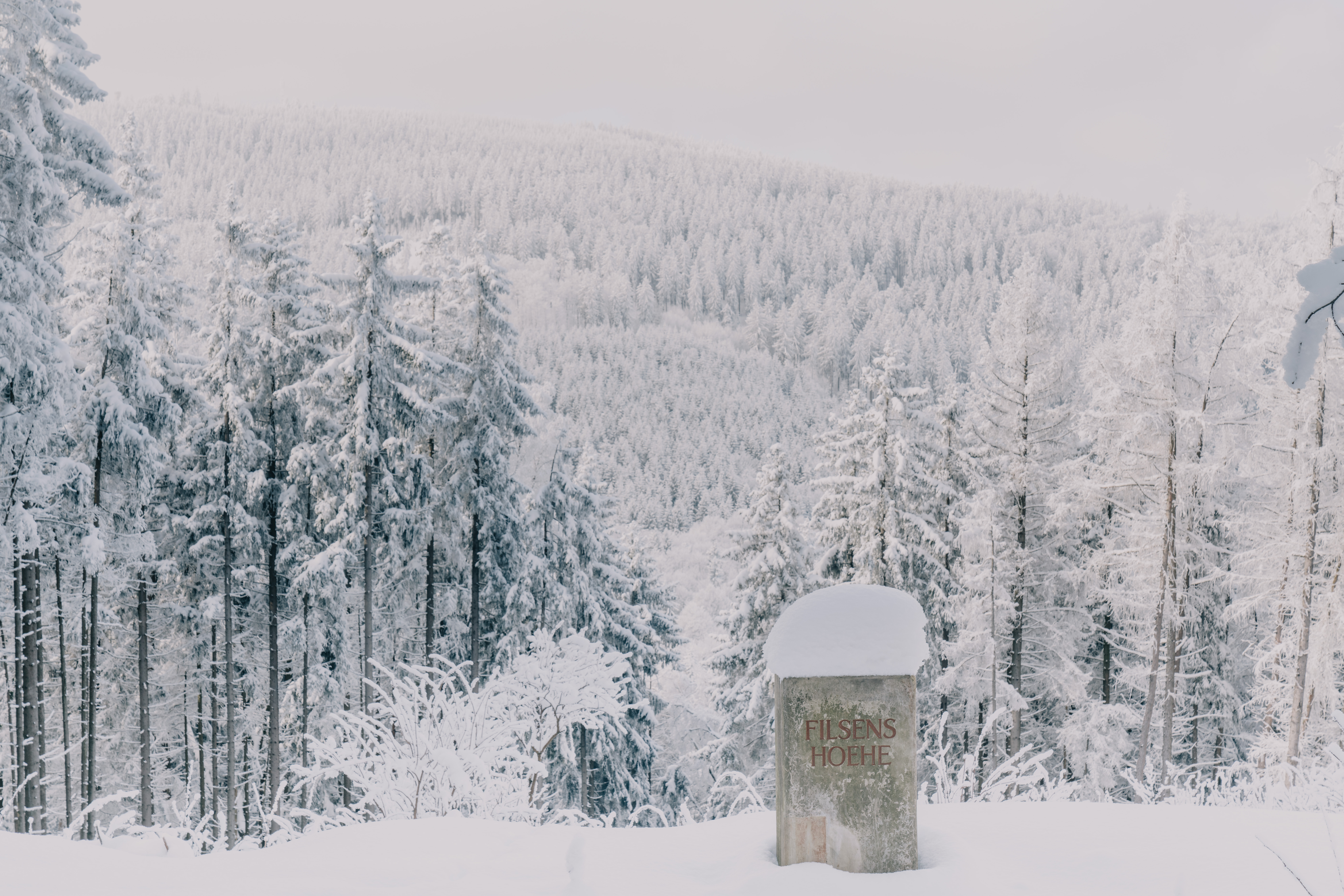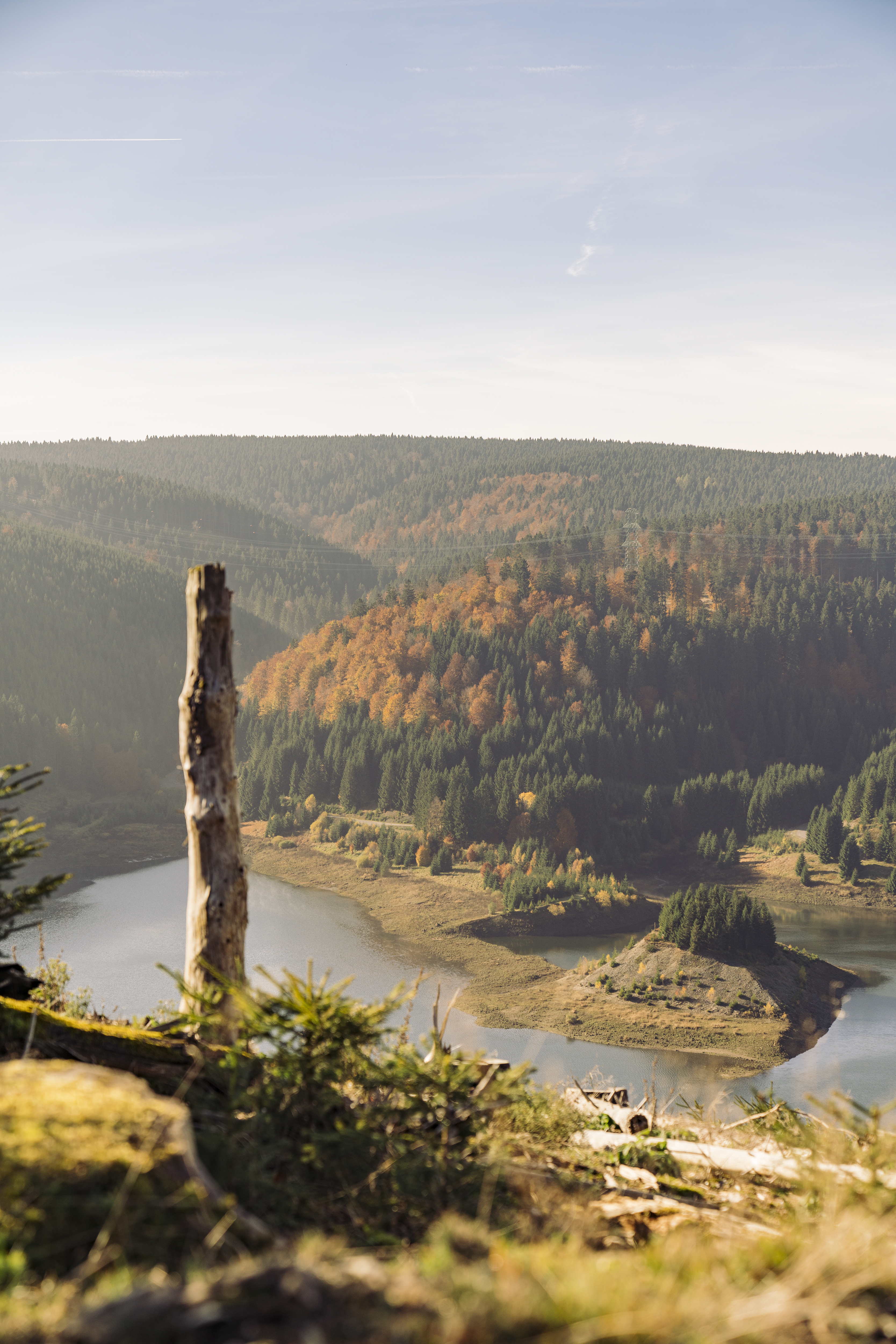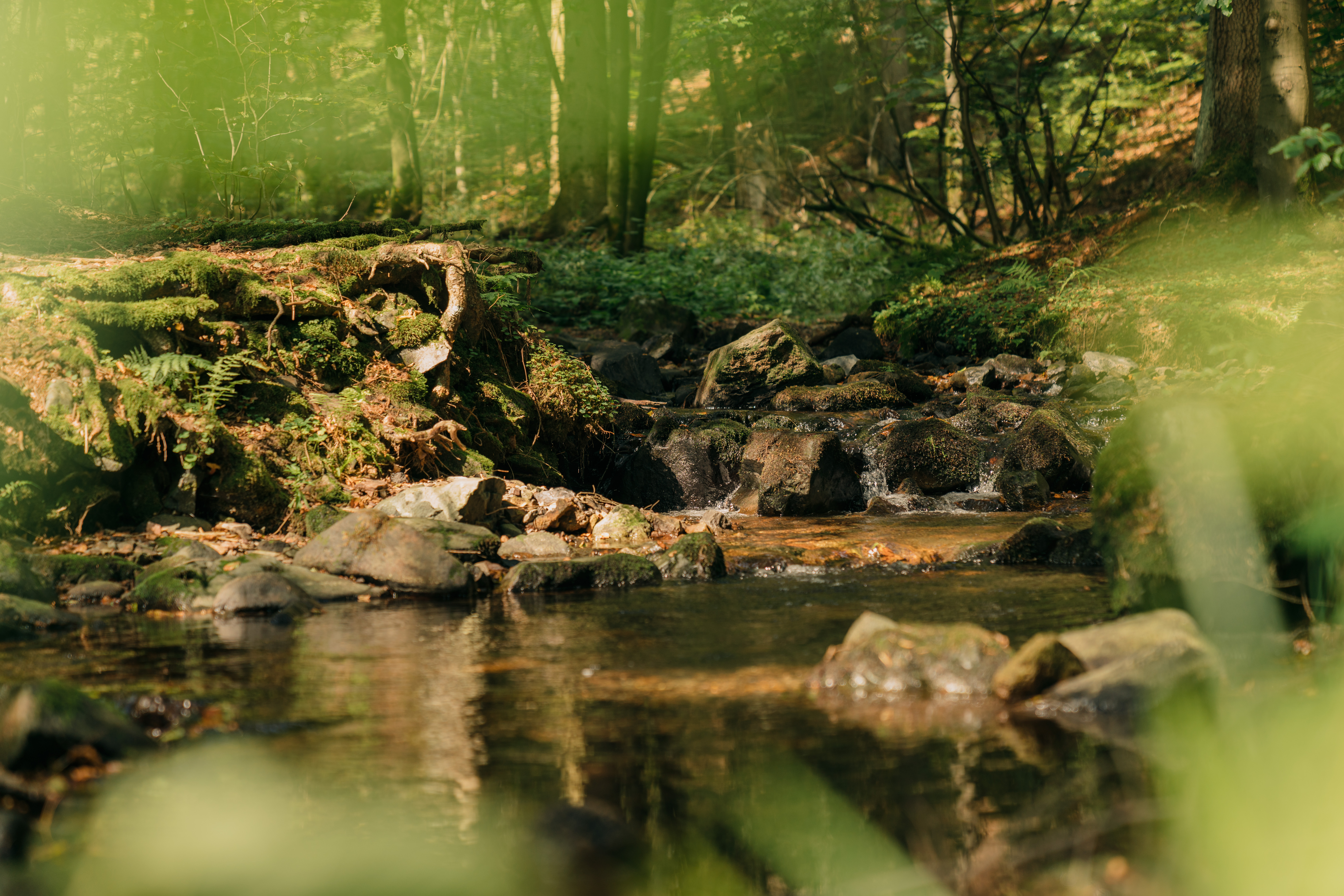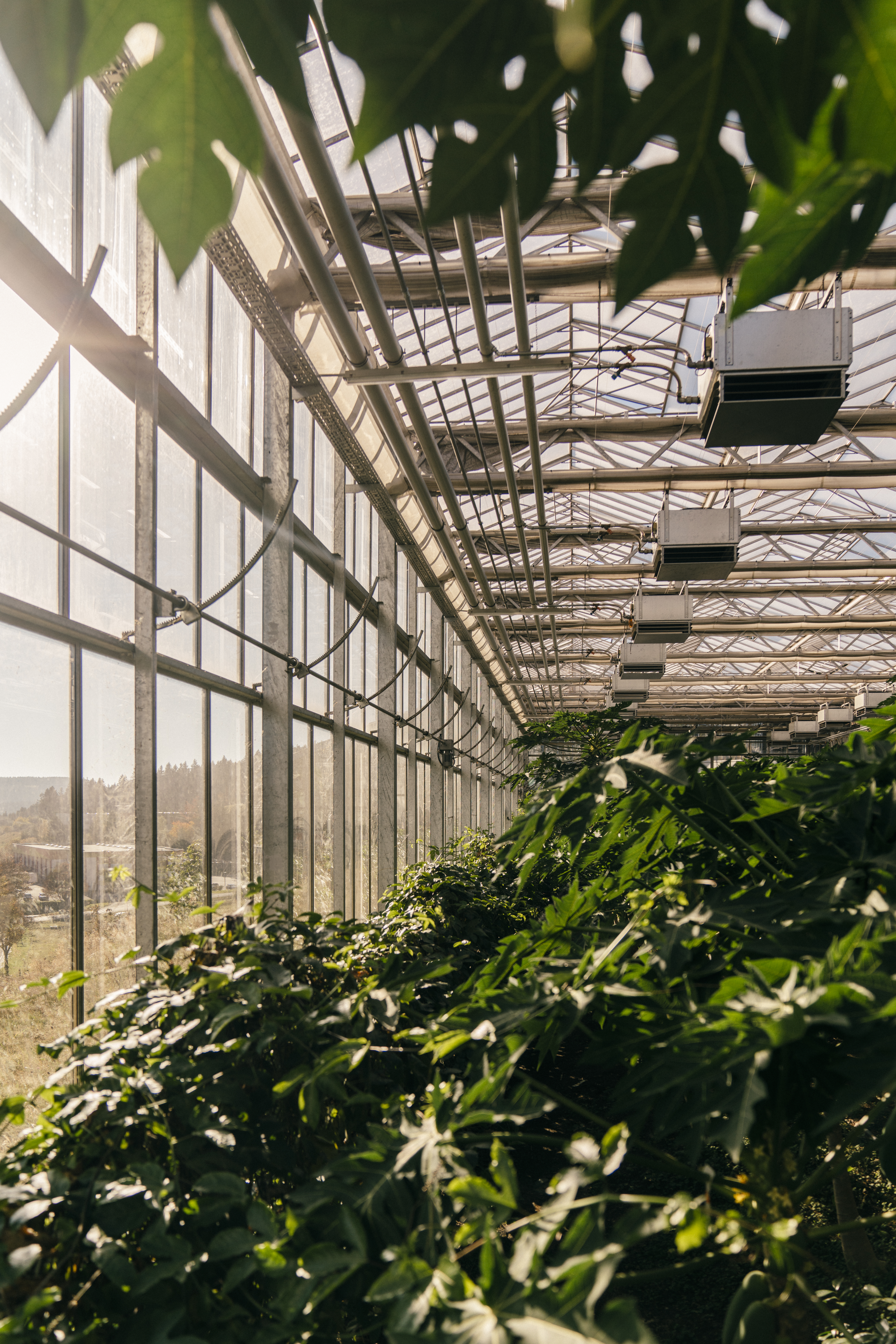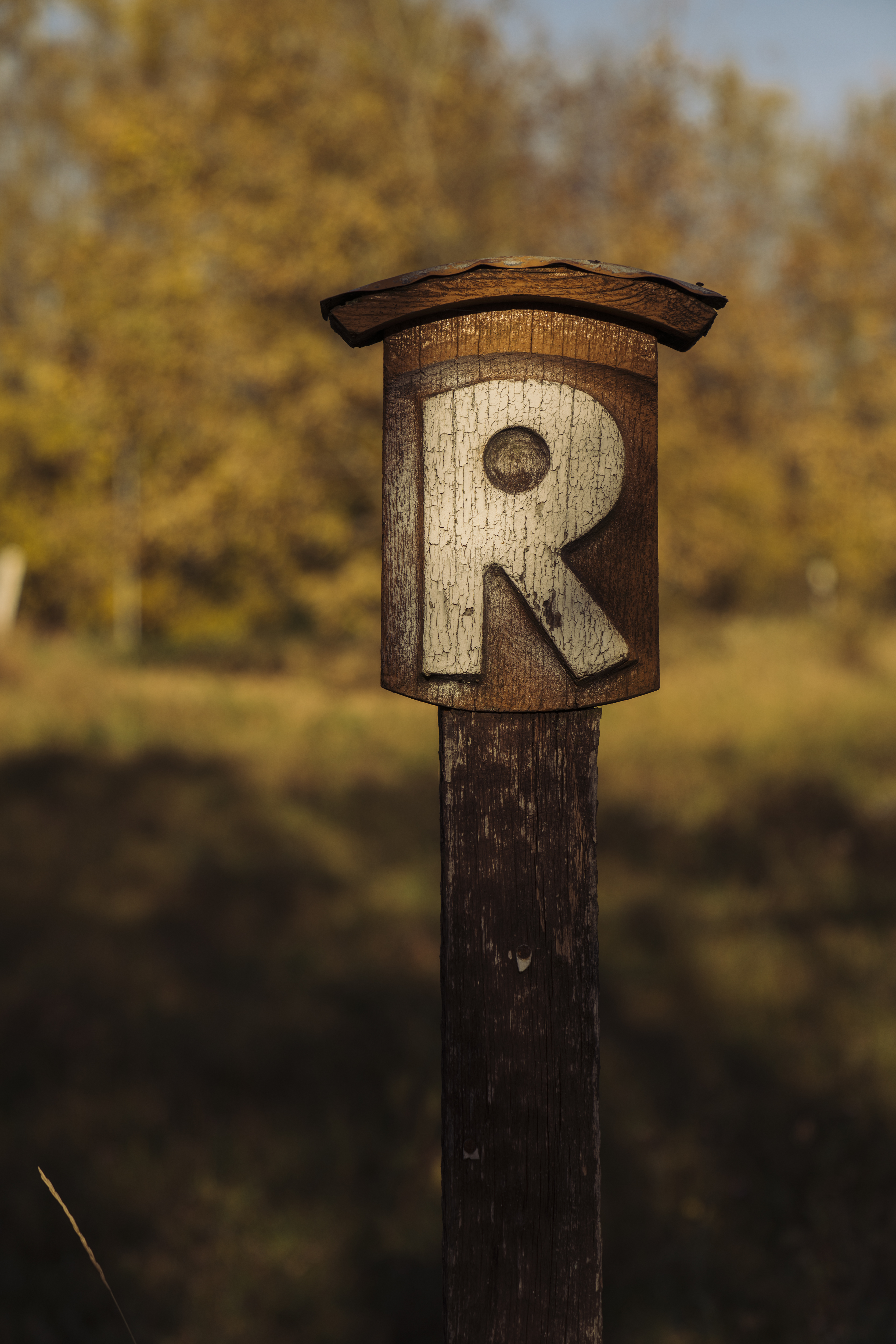HER(R)BERGSKIRCHEN
HOUSES OF CULTURE IN SOUTHERN THURINGIA
DANCING TO THE BEAT OF WILHELM PIECK
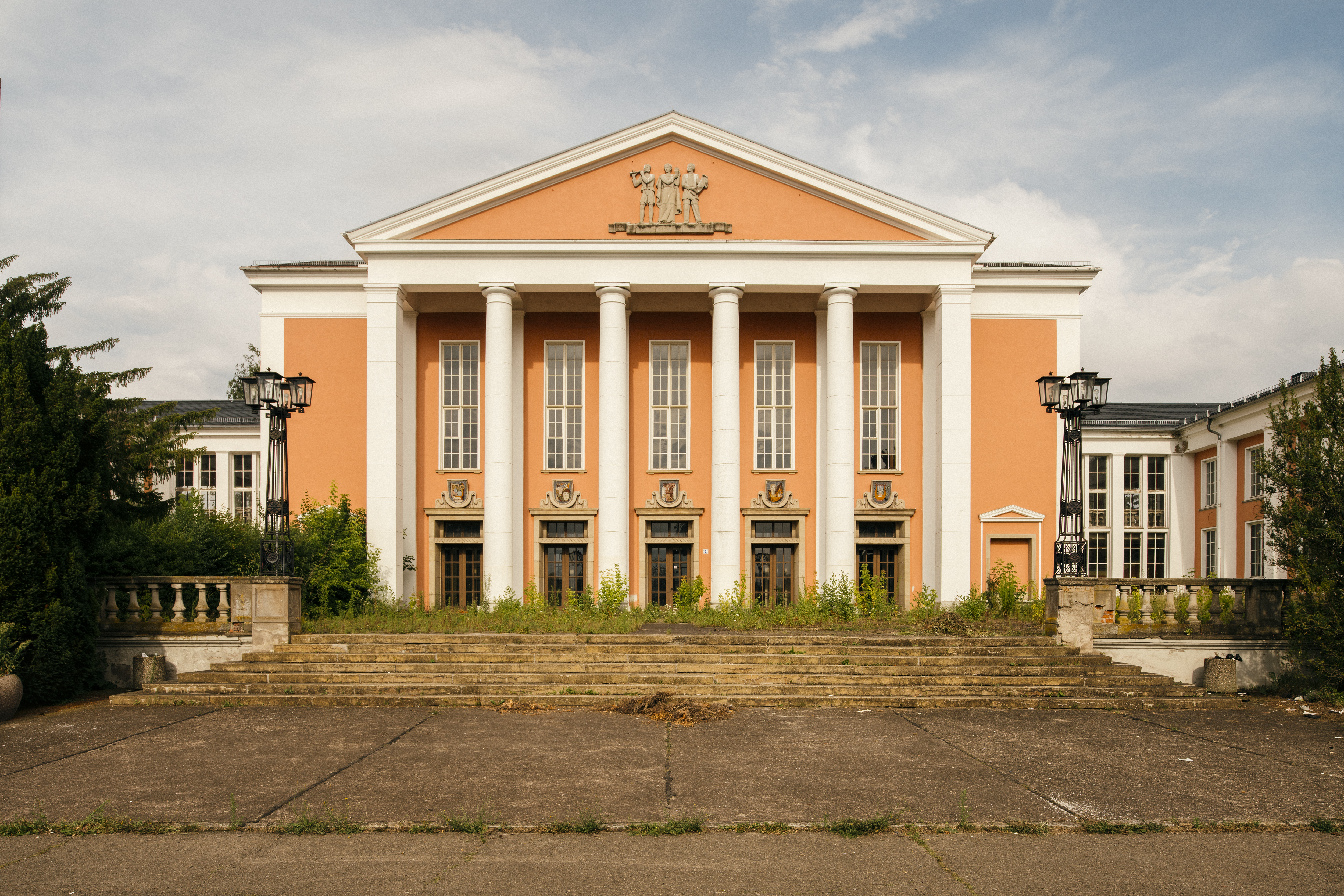
Today, anyone strolling through the towns and villages that lie east of what was once The Iron Curtain will come across buildings that seem incongruous with the local landscape. Whether you find yourself in Berehowe in the Ukraine, Tirana in Albania, or Rathenow in Brandenburg, you might spot concrete columns wedged between apartment buildings in Art Nouveau style, or a neoclassical palace on the village green. Heavy and proud, a wall mosaic of the ‘Völkerfreundschaft‘ (‘Friendship between nations‘), stands across from the local gray shopping center. Today, when looking at the houses and palaces of culture that were constructed at the dawning of socialism, they often seem a little over the top. In the Thuringian industrial village of Unterwellenborn near Rudolstadt, with a population of less than 4,000, the ‘Johannes R. Becher‘ Palace of Culture was constructed in 1955, a theater hall built to accommodate over 700 guests. In 1954, in the small town of Bad Lobenstein, just below the Rennsteig, a cultural center was built in the spa gardens that was almost on a par with the baroque era New Castle of Bad Lobenstein. These houses of culture often contained a cinema, concert hall, theater, disco, ball room, and lecture halls all under one roof. They offered (and sometimes still offer) education, classes and entertainment for people of all ages, and were often the center of community life. They were placed where you could learn about photography, or act in a play. More than 2,000 such houses were set to be built in the GDR.
These are examples of the utopian ideals that early socialism aimed to achieve in the 1940s and early 1950s.
These are examples of the utopian ideals that early socialism aimed to achieve in the 1940s and early 1950s. It is easy to forget this in light of how things ended. The tragicomic escapades of the last SED (The Socialist Unity Party of Germany) congressional meetings that took place in the grandest of all cultural houses, the Palace of the Republic in Berlin, tend to overshadow the promising and optimistic way things started. Despite the lack of material and consumer goods, the early days of the GDR were a euphoric time. Meanwhile in West Germany, former politicians and personnel of the Nazi-era were largely integrated into government positions. What happened in the West was more of a smooth transition of power, rather than real structural change. At the onset of the GDR however, the politicians were young and inexperienced, but also unencumbered by the weight of the past. And before they were worn down after only a few short years, they were eager to usher in this new era of change to the villages and remote areas of the lowlands and low mountain ranges.
The idea for these houses of culture arose largely out of the labor movement. When the first workers' organizations and trade unions were founded, there was a lack of adequate meeting places in many of the towns, which were dominated by bourgeois interests. Inns often did not want to rent their rooms out to proletarians, so many associations decided to build their own houses in which they could combine the administrative aspects of their organizations with cultural event centers. With this new autonomy, they could hold their own meetings and provide spaces for education all under one roof. ‘Volkshaus’ which literally means ‘People’s House’ was the name given to these community centers in the 19th century. Such buildings began to appear in Scandinavia in the 1870s, and in Germany in the 1890s. Around the same time, some of the houses of culture were built and designed by humanist or social-reformist industrialists, such as Franz Itting, who created the ‘House of the People‘ in Probstzella in 1925, today the largest Bauhaus ensemble in Thuringia.
The wave of cultural buildings came from the people, but also from on high. As early as the first five-year plan of the GDR, areas with important production facilities were also provided with a local house of culture. At that time, they were still built in a comparatively modest style that brought pre-war modernism to the villages for the first time. In Ruhla on the western Rennsteig, the ‘Klement Gottwald‘ House of Culture was completed in 1951 near the local clock manufacturing site. The cubist design was originally placed on stilts.
The purpose of these houses of culture was, of course, also to create a tightly woven ideological network. By creating and providing these spaces, they hoped to keep people under the influence of socialist thought even after their work at the factory was done for the day.
The purpose of these houses of culture was, of course, also to create a tightly woven ideological network. By creating and providing these spaces, they hoped to keep people under the influence of socialist thought even after their work at the factory was done for the day. As the Cold War unfolded, architecture began to break away from the simple forms of the postwar era. Starting in the1950s, there was a departure from the ideals of ‘Neues Bauen‘ (New Objectivity Architecture). Instead, buildings were constructed in the style of Socialist Realism according to the schematics coming out of the German Bauakademie (German Architecture Academy) . While modern life under Stalinist influence could be quite austere, the architecture often resembled the monumental neoclassical buildings of bygone eras of European fascism. This was certainly a reference to a genuinely German national style of architecture that gave the workers castles rather than abstract cosmopolitanism.
It was not until the mid-1960s that socialist modernism finally emerged in Germany, combining lightness and functional minimalism with large glass cubes, chic interior design, and echoes of industrial architecture. The Dresden Palace of Culture and the former Palace of the Republic in Berlin are prime examples of this phase.
Of all the places along the Rennsteig, the city of Suhl probably received the largest amount of second and third wave GDR architecture.
Of all the places along the Rennsteig, the city of Suhl probably received the largest amount of second and third wave GDR architecture. This is due in part to the fact that Suhl has also undergone the greatest transformation. The city calls itself both the ‘City of Peace’ and the ‘City of Arms’. Since the 19th century, Suhl has been heavily industrialized by arms manufacturing, porcelain factories and the legendary Simson automotive plant. After the GDR abolished it’s previously existing state structure in 1952, the small town of Suhl became one of 14 district capitals along with Leipzig, Erfurt and Rostock.
The medieval city center of Suhl, which was still quite intact, was totally demolished from the mid 1950s to the 1970s. The area was completely re-imagined by the Bauakademie, first in a neoclassical manner and later with modern aesthetics. While the population increased from 24,000 in 1950 to 56,000 in 1988, the center of Suhl appeared like that of a capital city. Instead of small-scale development, massive architecture with a lot of open spaces dominated the city. Some examples include a 26-story high-rise, the large ‘Centrum’ department store finished in 1969, and five flat prefabricated buildings called ‘Wohnscheiben’ (‘Housing Slabs’). There was also the round, glass-clad ‘Stadthalle der Freundschaft’ (‘City Hall of Friendship’) which was constructed by Leningrad architects. On the annex of the town hall building you will find the monumental mural with the bulky name ‘The International Character of the Marxism-Leninism Offensive’ and can be seen from the central Ernst-Thälmann Platz.
The House of Culture called ‘7 Oktober’ (‘October 7th’), was built in the neoclassical style of the late 1950s, the first of its kind. It was named after the day of the founding of the GDR. After the end of the GDR, it served as the venue for the Suhl State Symphony Orchestra, which was founded in 1953. In 2010, it was demolished except for the mighty portico with its tall and slender columns that dominated the square. It is now an annex to the new building of the Chamber of Industry and Commerce of Southern Thuringia. Since 2016, the IHK building as it is known, has been a testament to a city that is trying to get back on its feet with only half of its former population. Suhl has done its best to recover from the catastrophic decades of the post-reunification period. But regardless of all the changes and new developments, it is doubtful that a building representing business and commerce today can compete with the proud utopian ideals once promised by the House of Culture from 1957.
